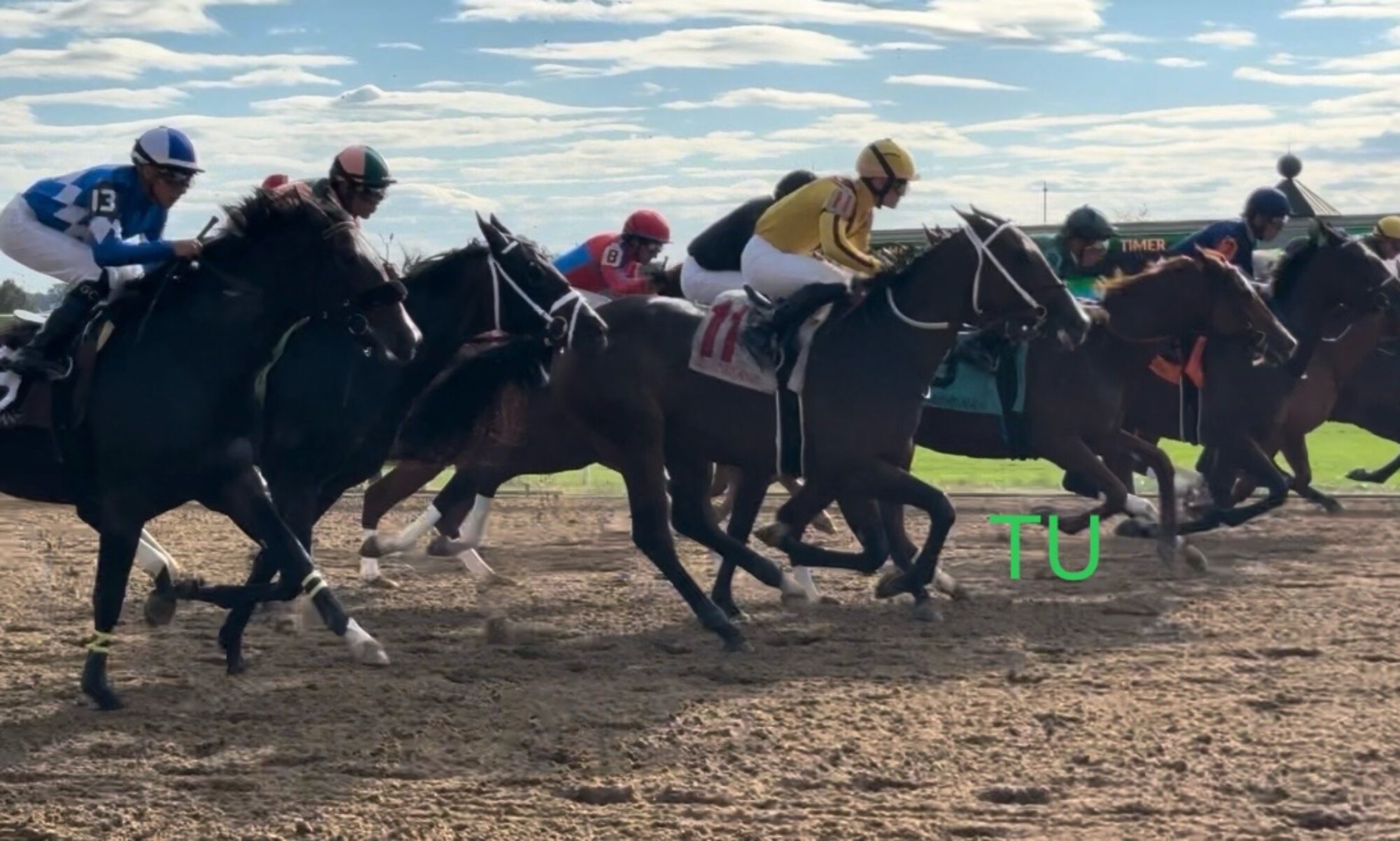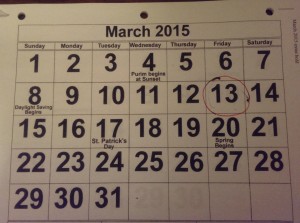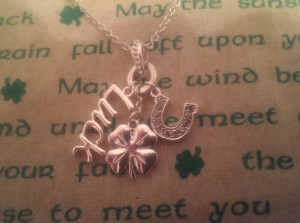Paraskevidekatriaphobia, it sounds complicated enough to make a great Thoroughbred name. Really, it is a Greek term to describe the irrational fear of Friday the 13th.
It is uncertain where the fear of this date was derived from. Separately, both Friday and the number 13 are considered unlucky by many. Events that occurred in religious history provide a source for superstition about Black Friday. Despite the ancient roots, the actual fear for Friday the 13th was not developed until about the 19th century.
The fear is pretty widespread. Up to 21 million people in the United States are somewhat crippled in their daily routines when Friday the 13th roles around. Many avoid driving or even leaving the house at all. It is estimated that up to 9 million dollars in business may be lost on this day. This year we have 3 days on which the 13th falls on a Friday. That is the maximum amount of time this happens in any calendar year. The minimum is one per year.
How does this fear play into horse racing? There were no graded stakes races in the U.S today , but that is coincidental. There was a bit of bad news for the sport, however. Currently, we have 32 states with race tracks. Georgia is not one of those. The Georgia Racing Coalition failed to get just 2 more votes in support of Senate Resolution 135. Georgia needed 38 votes to start racing. They were defeated with only 36 in favor, 10 opposed and 10 undecided by today’s expiration date. They are hopeful that maybe next year they can try again to bring horse racing to their state. It could create thousands of jobs and millions in taxes and other revenue from tourism, business development and agriculture. Friday the 13th was not so lucky for Georgia.
Despite the superstition, I am not afraid of Fridays, the 13th, or the combination of the two. Today turned out to be great for my favorite basketball team, the University of Kentucky. Go CATS! No big races today but plenty of action in SEC basketball. If you are scared of today, just think, in four days you will have the luck of the Irish upon you for St. Patrick’s Day!
Share This:


